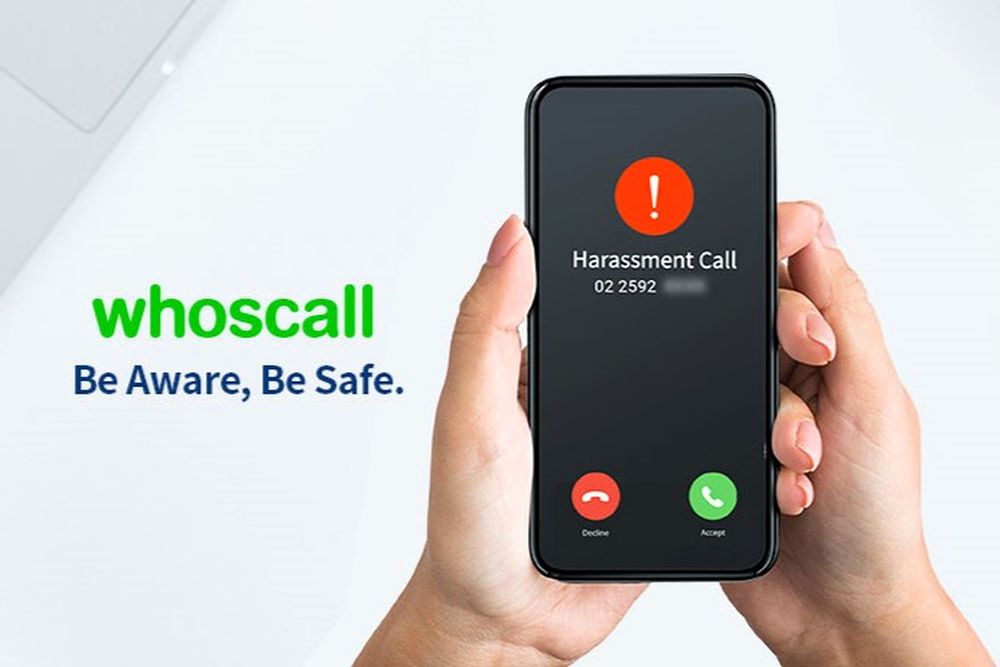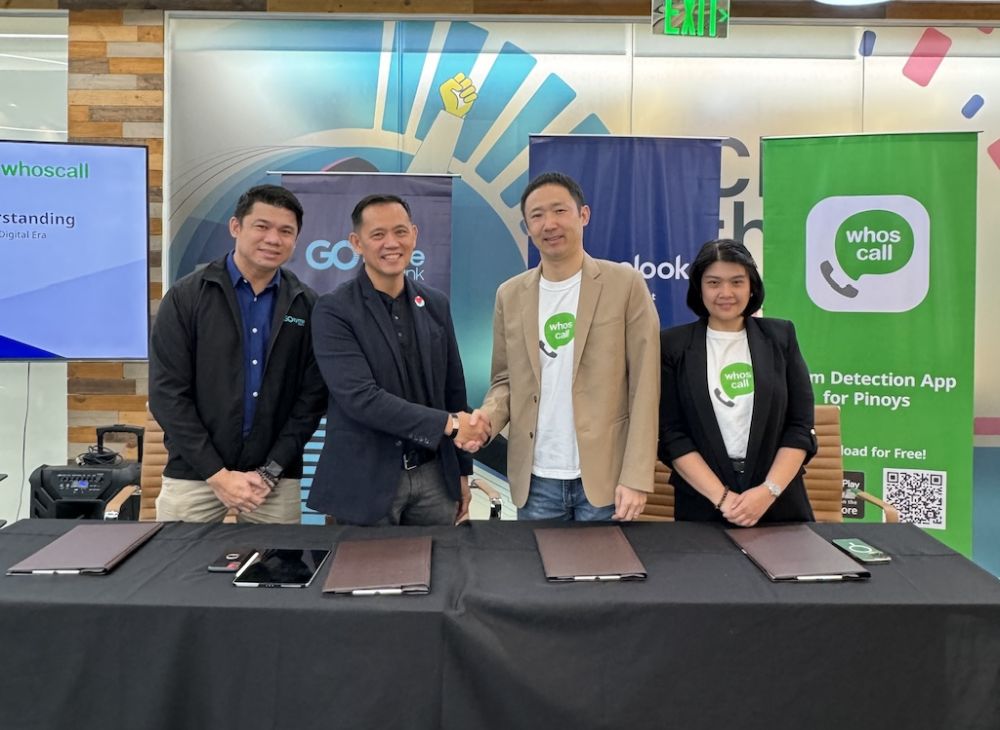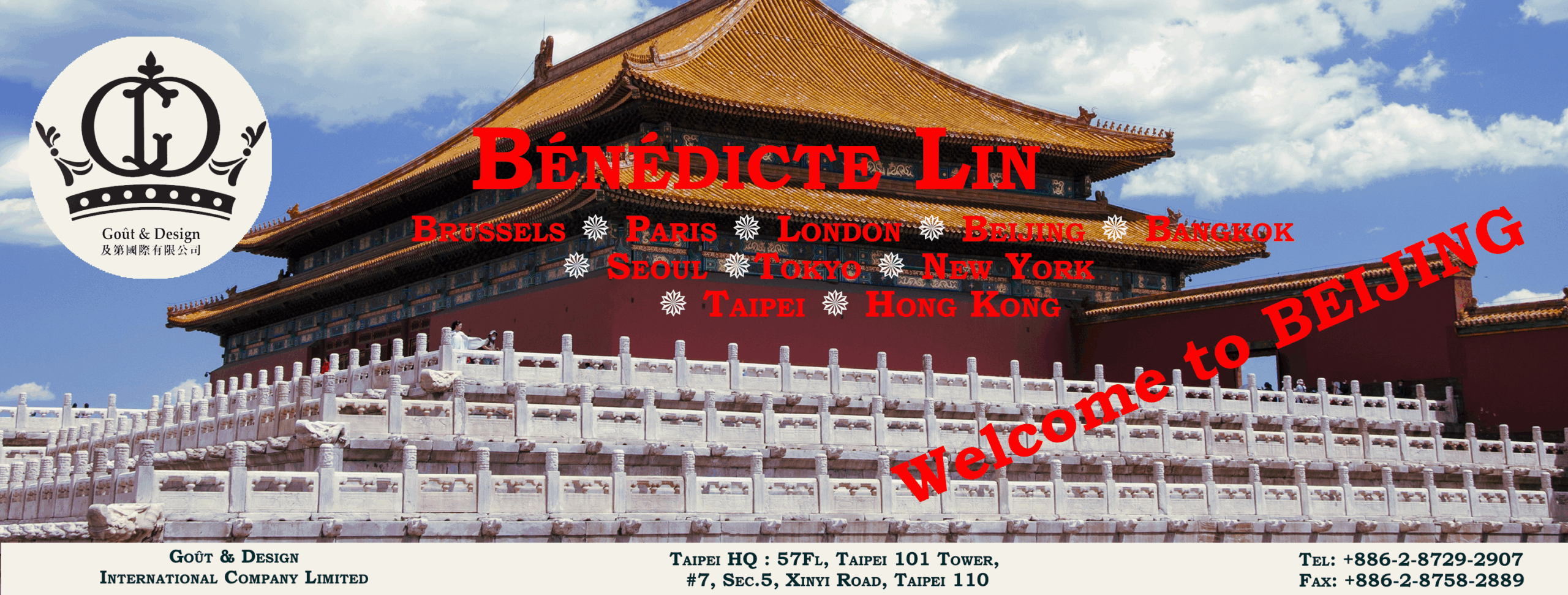Whoscall wasn’t an overnight success. When it first launched in 2010, the idea was clever—an app to identify unknown callers and protect users from spam and scams. But clever doesn’t always mean popular. The early years were rough. Adoption was slow, visibility was low, and in a crowded app market, it seemed like Whoscall might quietly disappear before anyone really noticed it existed.

Then came the break. In 2013, Google gave Whoscall a nudge that changed everything. It was featured on the Google Play Store, instantly bringing it to the attention of millions of users. That exposure was all it needed. Downloads surged, user reviews turned positive, and suddenly Whoscall had a global reputation for being a reliable call-filtering app. What once struggled to find a foothold became a rising star almost overnight.

That momentum caught the eye of Naver, the South Korean company behind LINE. Later that same year, they acquired Gogolook, the team behind Whoscall. With serious backing and a clear vision, the app evolved quickly, expanding into more languages and countries. The combination of Taiwanese innovation and Korean capital made Whoscall a leader in caller ID and spam-blocking tech, especially in Asia where scam calls are a huge concern.

Today, Whoscall has over 100 million downloads and partnerships with governments and telecoms across several countries. But it’s easy to forget how close it came to fading out in its early days. Without Google’s spotlight in 2013, we might not be talking about it at all. It’s one of those stories that proves timing and visibility can be just as important as a good idea.

#Whoscall #StartupStory #Gogolook #GooglePlay #AppSuccess #SpamProtection #CallerID #TaiwanTech #TechAcquisition #Naver #LineApp
